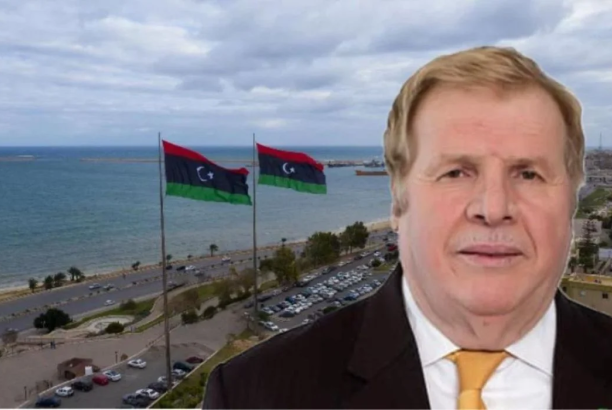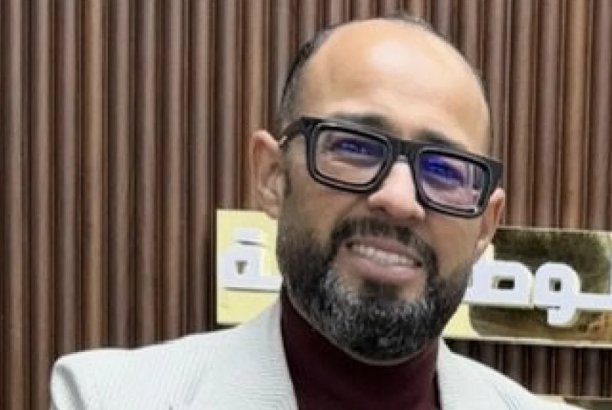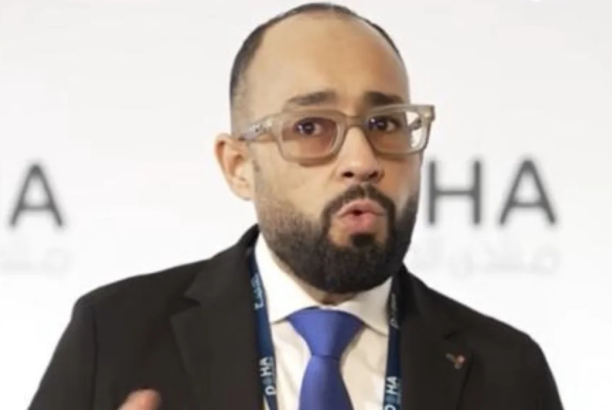
| Economic articles
Al-Amin writes: “What if Libya charted its path to 2040? A vision for change and comprehensive reform”
Professor of Economics Anas Al-Amin wrote an article titled: What if Libya charted its path to 2040? A vision for change and comprehensive reform.
Libya is currently going through a complex and overlapping stage of political, economic, and social crises, making state management a constant challenge. Repeated political divisions have weakened state institutions and lowered the level of governance, while the Libyan economy still relies almost entirely on oil, with limited economic diversification and weak capacity to attract foreign direct investment (FDI). Socially, the country faces rising unemployment rates, weak educational and health services, erosion of purchasing power, and declining citizens’ trust in state institutions.
Global and regional experiences, especially in the Gulf and Saudi Arabia, have proven that overcoming structural crises cannot be achieved through short-term decisions or partial solutions, but rather through a clear, long-term strategic vision implemented via an integrated phased plan, supported by measurable performance indicators (KPIs) and effective monitoring and evaluation mechanisms.
For example, Saudi Arabia’s Vision 2030 focused on diversifying the national economy away from oil, developing non-oil sectors such as tourism, renewable energy, and logistics, empowering youth and women in the economy, and promoting innovation and entrepreneurship. Other Gulf countries also succeeded in enhancing digital governance, developing human capital, and ensuring sustainability of national resources through sustainable financing strategies for long-term projects.
Adopting a Libya Vision 2040 would mean drawing up a practical roadmap to overcome these crises—starting with structural reforms and sound fiscal policies, moving through economic diversification, and ultimately achieving sustainable development and full integration into the global economy. This vision seeks to transform current challenges into real opportunities for economic and social growth, improving citizens’ quality of life, empowering youth and women, and attracting foreign direct investment.
Strategic Roadmap (2026–2040)
Phase One: 2026–2028 | Foundation & Preparation
Main Goal: Prepare the ground for reforms and establish clear frameworks for financial and monetary governance.
Key Actions:
- Establish an Independent Financial & Monetary Reform Authority.
- Adopt a digital system for monitoring government spending.
- Restructure subsidies and shift them to targeted social safety net programs.
- Develop digital and educational infrastructure.
- Launch awareness campaigns for youth and the private sector about reforms and change.
KPIs:
- Financial transparency ≥ 80%.
- Comprehensive national database by 2028.
- Reduction of untargeted subsidies ≥ 50%.
Phase Two: 2029–2032 | Economic Diversification & Infrastructure
Main Goal: Reduce dependence on oil and create an attractive investment environment.
Key Actions:
- Establish Special Economic Zones (SEZs) for manufacturing and services.
- Boost investment in renewable energy, agriculture, tourism, and technology.
- Develop vocational training centers for skills development.
- Expand digital government and smart services.
KPIs:
- Non-oil sectors contribute ≥ 30% of GDP.
- Attract ≥ $5 billion in FDI annually.
- Unemployment < 15%.
Phase Three: 2033–2036 | Sustainability & Inclusive Growth
Main Goal: Achieve sustainable economic growth and significantly improve quality of life.
Key Actions:
- Apply strict monetary policies to maintain dinar stability.
- Increase strategic spending on education, health, and public services.
- Implement youth and women empowerment programs, and encourage entrepreneurship.
- Establish institutions for performance monitoring and publish reports regularly.
KPIs:
- Annual GDP growth ≥ 5%.
- Annual inflation < 6–8%.
- Unemployment < 10%.
- Women’s labor force participation ≥ 25%.
- Non-oil sectors contribute ≥ 40%.
Phase Four: 2037–2040 | Vision Achievement & Global Integration
Main Goal: Consolidate a diversified and sustainable economy and fully integrate Libya into the global economy.
Key Actions:
- Expand innovation, technology, and startup sectors.
- Strengthen international trade and develop logistics infrastructure.
- Integrate AI and digital transformation into public and private services.
- Conduct a comprehensive evaluation of achievements and adjust policies according to global changes.
KPIs:
- Non-oil sectors contribute ≥ 50% of GDP.
- Sustainable annual economic growth ≥ 6%.
- Unemployment < 8%.
- Women’s labor force participation ≥ 30%.
- Libya ranked among advanced digital infrastructure countries.
Coordinating political, economic, and social reforms is essential for the sustainability of any developmental transformation in Libya, as the success of economic policies cannot be separated from the stability of the political and social environment. Therefore, current oil resources must be used wisely to finance sustainable economic transition, supported by independent oversight mechanisms and clear KPIs to ensure transparency and accountability.
A biennial review of progress should be conducted to assess the plan’s feasibility and make necessary adjustments in light of internal and external changes, ensuring that Libya Vision 2040 remains flexible, realistic, and capable of achieving its long-term developmental goals.





